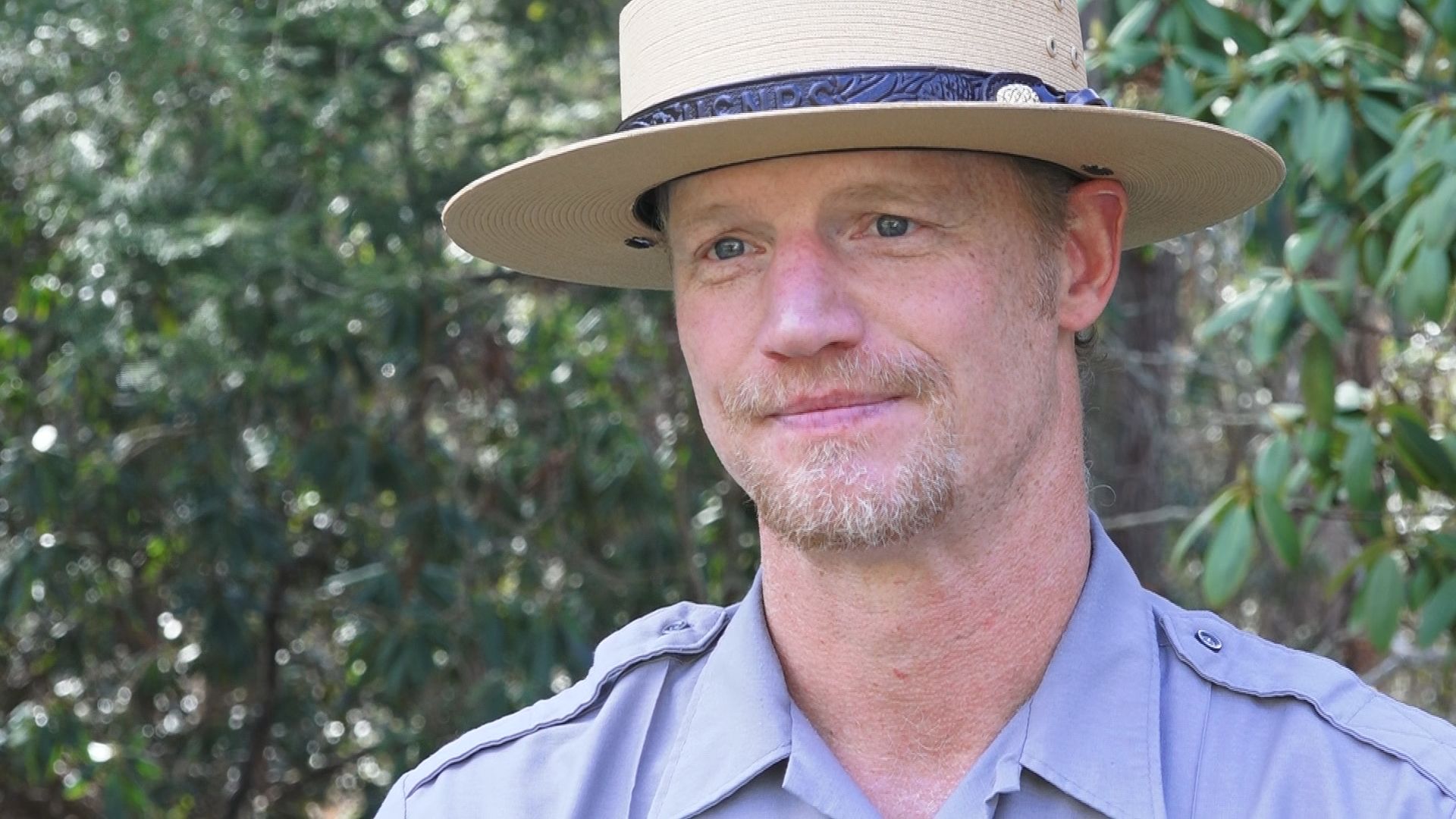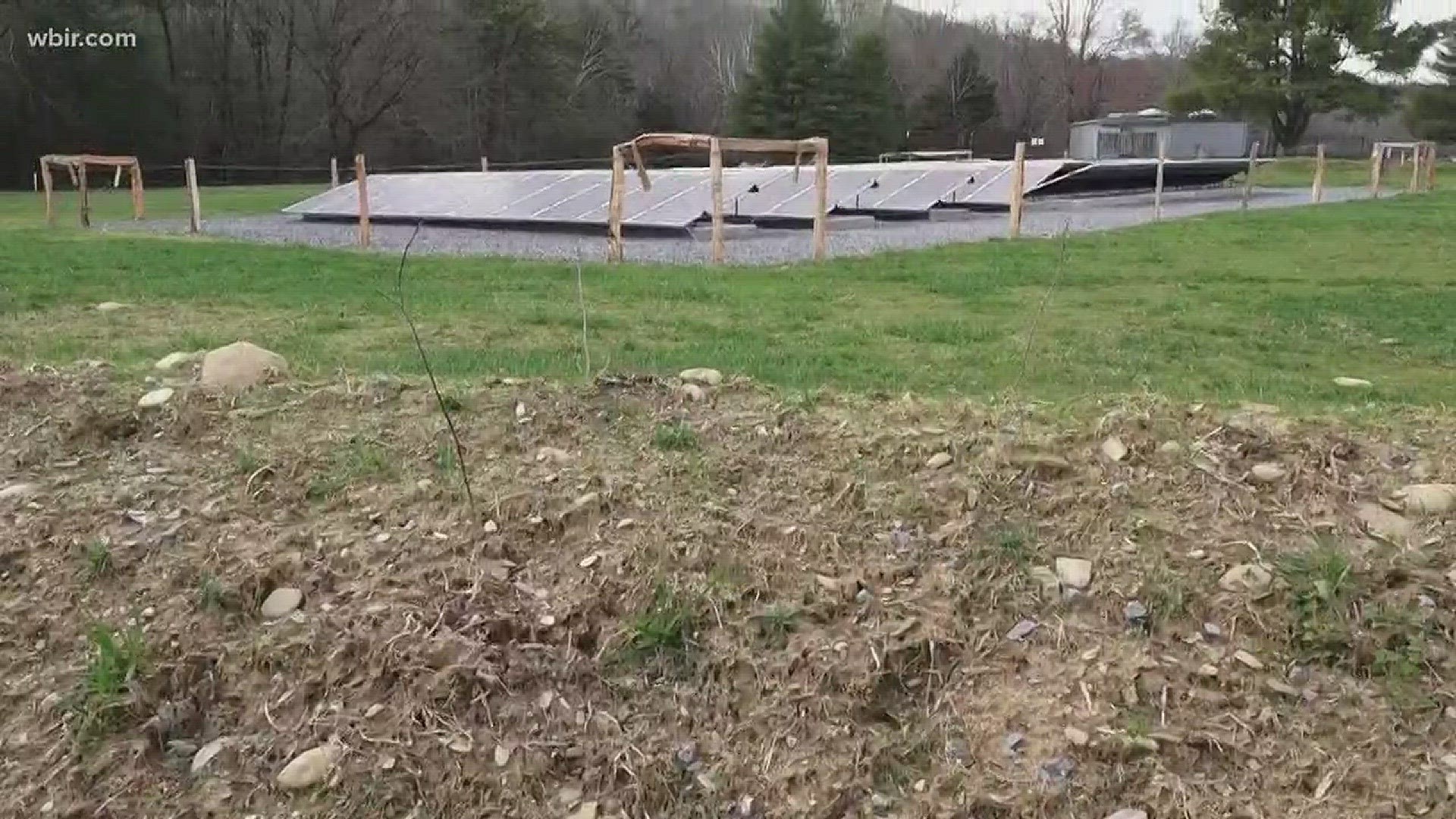An area of the Great Smoky Mountains National Park dedicated to preserving the past has taken a big step into the modern world.
A new array of solar panels has been installed in the Cable Mill area of Cades Cove to provide power for the visitors center, bookstore, and restrooms.
“This is a great step in making our park operations more environmentally friendly,” said Park Superintendent Cassius Cash. “The solar panels will provide a great, natural source of energy for the Cable Mill Area that enables us to provide a better visitor experience and to be better stewards of the park.”
Previously, the park used a diesel fuel generator to power the area, which is too remote for electricity. The generator was loud and often disrupted park programs and the visitor's experience in the remote area.

In addition, the panels will annually reduce greenhouse gas emissions by 23 tons and reduce fuel costs by $14,000.
The 80 solar panels are located behind the restrooms and are hidden by a low berm planted with native vegetation. That area will get maximum exposure from both the morning and afternoon soon.
Vegetation will also be allowed to grow on the berm, to further hide the panels.
"What we like about this project so much is it's quiet," said Brian Bergsma, deputy chief of facility management. "So folks have the ability to experience what settlers and Native Americans felt and experienced when they first moved to the area."
He said this new technology continues a tradition of innovation in the cove, dating back to the first people that made their homes there.
“They had to, their life depended on it," he said. "So they were always implementing new technology and strategies and we feel we’re honoring that history.”
Bergsma said the park hopes to expand its use of solar. Sites like Clingmans Dome and LeConte Lodge already have solar power, but the program could be expanded to more remote sites like Purchase Knob.
There, Bergsma said, they could generate power and put it back into the grid when the structures are closed.
"So in theory, we could actually generate revenue for the park," he said.
About 2 million people a year visit Cades Cove, many of them stopping in the Cable Mill area to look through the historic structures located there.
The Southeast Region of the National Park Service provided the funding for this project.

